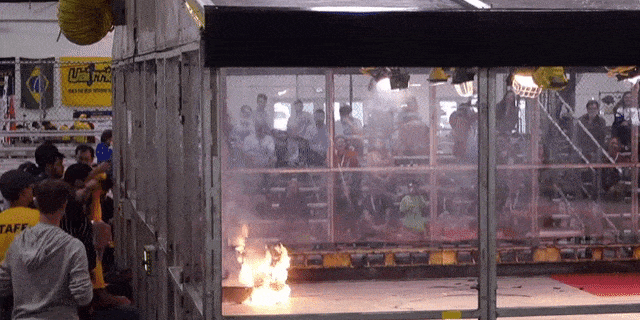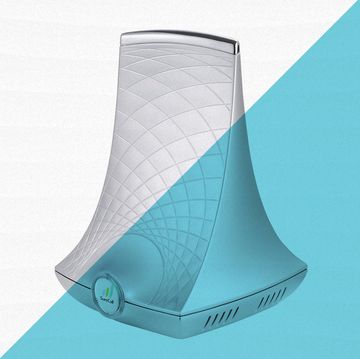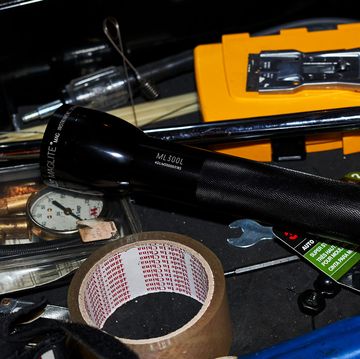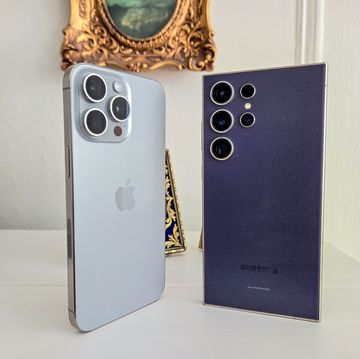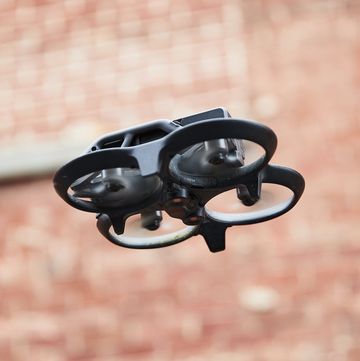It's not unusual to see a little bit of fire in an robot-fighting competition, generally in the form of a flamethrower. But the blaze you'll catch in this middleweight match that happened at RoboGames 2016 is something different altogether. This is a battery gone bad, and the ensuing inferno is nothing to sneeze at.
What likely happened here is probably catastrophic failure due to puncturing. Essentially, a violent enough jolt can break the non-conductive wall that separates a battery's anode and cathode, which causes a big, nasty short inside the system. This rapid, uncontrolled exchange of electricity creates a lot of heat, which can start to affect the electrolyte in the battery, causing it to expand and creating extreme pressure inside the battery. That's bad enough as it is, but then sometimes the battery also explodes from that pressure, and the electrolyte catches fire due to all the heat, which is when things gets really bad.
Why does all that matter? This is the same type of battery you're likely to find in your phone or laptop, and it's subject to the same sort of failure.
That doesn't necessarily mean that your phone is a bomb waiting to go off; the lithium-ion design of many phone and laptop batteries is more physically robust than so-called "lithium-polymer" or "LiPo" designs often found in RC vehicles and other devices that need to use a ton of power and need to use it fast. The two function with the same basic chemistry, but LiPo batteries pack in more power in a smaller, more fragile frame by using flexible pouches instead of more rigid containers. Some phones and laptops opt for LiPo for space reasons, but many still use the more rigid variety. After all, those gadgets don't need all that much power in the grand scheme of things.
But increasingly popular electric people-moving devices do need all that power. Take hoverboards, for instance, the two-wheeled, self-balancing crafts the Consumer Product Safety Commission just recalled of half a million of, citing concerns about their batteries. When you're dealing with batteries on the scale of the flaming on you see above, it pays to be extra, extra, extra careful when it comes to quality. That's why the CPSC introduced a new certification for the devices, and has been slowly but surely clearing the safe boards for sale in the United States.
Most of the time, if it's made by a reputable company and treated with care, a battery is completely safe and the only real danger is running out of juice. But it's good to remember just how much power is packed into these things, and the damage it can do if it gets out the wrong way.
